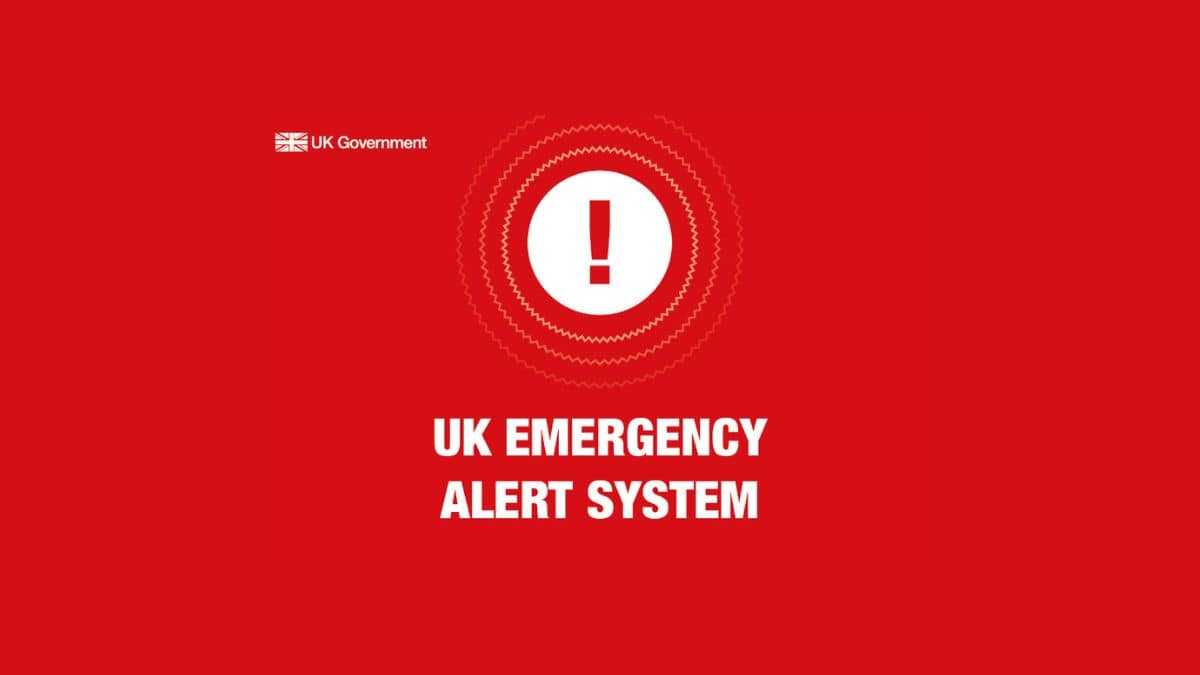
B2B marketers use keyword research to find valuable search terms they can use to reach their target audiences, increase site traffic, and drive sales. Just like B2C marketers.
But in the B2B space, you need an even greater understanding of the buyer’s journey. And familiarity with industry terminology that B2B buyers use when finding resources to inform their purchase decisions.
Let’s explore just why you need a smart approach to B2B keyword research.
Why Is Keyword Research Important in B2B Marketing?
Keyword research is an important first step in creating content that appears prominently in search results. And these rankings are great for reaching B2B customers.
In fact, Statista research shows that 66% of B2B buyers in the U.S. discovered new products from search engine results in 2023.

Image Data Source: Statista
And keyword research often yields dozens if not hundreds of ideas. So you aren’t left wondering what topics to cover.
Plus, doing keyword research reveals insights about your target audience. Which you can use to improve all your marketing efforts.
How Is Keyword Research Different in B2B Marketing?
There are some unique challenges to keep in mind when doing keyword research for a B2B business.
They include:
- Terminology discrepancies: B2B businesses often use jargon when speaking about their products or services. Buyers aren’t always familiar with those industry terms. And might not use them when searching.
- Low search volume: Because of their niche nature, B2B keywords often have lower search volumes than B2C keywords. So, ranking for those keywords won’t necessarily produce large traffic increases.
- Lower conversion rates: B2B buyers are less likely to convert immediately. Because some companies spend months (or even longer) choosing and researching B2B solutions.
- High cost per click: B2B keywords that do convert (or represent qualified audiences) in paid search often have a high cost per click. Because other advertisers are willing to pay to rank at the top of results to reach those audiences.
Despite these differences, marketers can still use B2B keyword research to achieve SEO results.
7 Tips for Doing B2B Keyword Research
Following the below tips will help you discover valuable keywords you can target to attract qualified traffic.
1. Find Ideas in Industry Communities and Resources
Forums are a great place to familiarize yourself with common pain points in your niche. Because people go to forums to ask questions or seek advice from other industry professionals.
That means we here at Semrush might want to visit the Reddit group r/DigitalMarketing (which has over 175,000 members) to discover ideas for keywords. Many of the posts reveal the struggles our target audience is facing.
For example, the below user is seeking help with figuring out how to do keyword research for a local service business.

If we search for this same topic in Keyword Overview, it’s clear that many other people are looking for solutions to this problem. Meaning it can help us reach our target audience.

So, start by joining related groups on forums like Reddit and Quora. And join any industry-specific forums your target audience uses.
Other industry resources can also give you ideas for B2B keywords. And inform you of the topics, terminology, and concepts that are important in your B2B niche.
These resources can include:
- Conference agendas
- Product documentation
- Competitors’ white papers
- Industry reports
Let’s say you’re trying to generate leads for a customer experience (CX) analytics platform. This CX report from Adobe showcases multiple subtopics related to CX you can use for keyword ideas.

In this example, “predictive analytics,” “cx personalization,” and “audience segmentation” are relevant terms worth investigating.
When browsing industry resources, make a list of the terms and topics that frequently appear.
Then, add those terms to a list to explore later on using Semrush tools.
2. Build a Keyword List
The list of keyword ideas you’ve gathered so far represents a list of seed keywords—short-tail terms that are closely related to your B2B business.
Seed keywords serve as the foundation of your keyword strategy. They should reflect your website’s main topic areas and can be used to find the keywords you’ll actually target.
To start building a list of more specific terms to focus on, use the Keyword Magic Tool.
Enter one of your seed keywords, your website URL, and your target location. Then, click “Search.”

When the keyword table populates, study the terms to find ones that seem especially relevant to your business.

It’s a good idea to save terms that seem like a fit to a list. So you can reference and refine it later.
Check the boxes to the left of those keywords. Then, click “+ Add to keyword list” and select “Create new empty list” to start a new list centered around the seed term you started with.

Repeat this process and create additional lists as needed.
3. Find Keywords Competitors Rank for
You can also get keyword ideas by reviewing your competitors’ keywords. Because if a competitor ranks for a given term, it’s likely a good opportunity for your business.
You may have a strong sense of who your competitors are. If not, enter your domain in Organic Research, go to the “Competitors” tab, and scroll down to the table.

You can now see a list of your top competitors in organic search.
Once you have a list of competitors, use Keyword Gap to see their keywords.
Enter your website’s homepage URL into the first text box and add your competitors’ domains below.
Select your target location and click “Compare.”

Scroll down to the “All keyword details for:” section and select the “Missing” tab.

This shows terms your competitors are ranking for but your website isn’t.
You might want to add these keywords to the lists you’ve already started using the checkboxes. As long as they’re relevant.
4. Organize Keywords Into Topic Clusters
Topic clusters are groups of thematically related pages. And can be used to establish credibility and boost your SEO performance.
A topic cluster is made up of a primary pillar page that targets a broad topic (i.e., a seed keyword or close variation) and related subpages that target more specific keywords (i.e., long-tail keywords).
Each of these pages is focused on a keyword cluster—a group of closely related terms that represent the same concept (e.g., “crm software,” “crm tool,” and “crm platform”).
Here’s an example of what a topic cluster model looks like:

Topic clustering is particularly impactful for B2B websites. Because it enables you to showcase your industry expertise to a highly-informed audience.
Use Keyword Strategy Builder for topic clustering.
Scroll down and select one of the lists you created earlier.

In the table that appears, select “Cluster this list” at the top.

Once the tool is done, you’ll be taken to the “Topics and pages” tab. Where you’ll see ideas for your topic cluster’s subpages (the seed keyword for the topic cluster is the pillar page topic).

Clicking the arrow icon on any page’s row will expand it to show all the terms in that page’s keyword cluster.

Repeat this process with your other lists to build out even more clusters.
Taking a more topical approach like this can increase your total keyword rankings. Because ranking for highly specific terms can help you rank for broader ones later on.
5. Prioritize Your Keywords Based on Suitability
Now that you have a long list of keywords, you’ll want to prioritize the ones that present the best opportunities for your B2B business. And create content for those keywords first.
To analyze a keyword, select the primary keyword for one of the clusters you generated in tip four and enter it in Keyword Overview. And add your domain in the “AI-powered box.”

Then, use the following metrics to perform a keyword analysis:
- Volume: The average number of searches the keyword gets each month (based on the last 12 months). Aim for a reasonable number of monthly searches.
- Personal Keyword Difficulty: How difficult it is for your specific website to rank in the top 10 results for the keyword. Focus on low scores (those below 50%) to give yourself the best chance of ranking well.
- Topical Authority: How relevant your website is to the keyword. Ideally, you want this field to read “High” or “Relevant.”
- Cost per click (CPC): How much advertisers pay per click to rank at the top of search results. While this is an advertising metric, seeing a high CPC can be an indication of a valuable term that’s likely to convert.
Consider the above metrics to determine which terms to prioritize. So you can start driving results from SEO sooner.
As you create more content and your authority increases, keywords that were out of reach may become more realistic opportunities.
So, revisit your clusters regularly to find new keywords to target.
6. Connect Keywords to the Buyer’s Journey
B2B buyers will likely conduct many searches over the course of their journeys before purchasing. So, it’s a good idea to target keywords for each stage of the buyer’s journey.
The buyer’s journey can be described in three primary stages:
- Awareness: The buyer is aware that they have a problem to solve. And they recognize your business is among those that might be able to help.
- Consideration: The buyer is considering which solutions or approaches can solve their problem
- Decision: The buyer makes a final purchase decision
You can connect your keywords to the buyer journey using search intent—what the user is looking to accomplish when searching. And there are four types:
- Informational: Users are looking for information or answers to their questions
- Navigational: Users are searching for a specific website or webpage
- Commercial: Users are researching different options
- Transactional: Users want to make a purchase
You can see keyword search intent in Keyword Overview.
Look for the section of the report labeled “Intent.” The search intent will be listed there.

Informational keywords often represent users in the awareness stage. Because they’re looking for information or answers to their questions.
While commercial keywords often represent users in the consideration phase. These people have already defined their problem and are researching various B2B solutions.
For example, a target customer for a JazzHR may search the informational term “small business recruiting” during the awareness phase. When they’re looking for general suggestions on how to recruit talent.
But they might search the commercial keyword “recruiting software for small business” during the consideration stage. Because they recognize they want a software solution but need to compare options.
And if the user searches for “jazzhr pricing,” that’s a transactional term that indicates they’re in the decision phase. And are getting close to making a purchase.
So, make sure your list of keywords includes multiple intent types. That way you can tailor your content accordingly and target users at each stage of the buyer’s journey.
Then, consider what type of content you’ll need to create for each piece.
For example, if users are looking for more information about a topic, a detailed blog post will be more satisfying than a promotional product page. Whereas a pricing page is a good choice for transactional keywords.
7. Conduct Audience Research to Create Better Content
After you choose your keywords, audience research can help you execute content creation in a way that will resonate with your target audience. Which can help push them toward conversion.
To get additional information about your B2B customers, use One2Target.
Start by entering some competitor websites into the text bar. The more sites you enter, the more insights you can gain.
Then, click “Analyze.”

You’ll get a detailed report with information about your target audience. Including their demographics, location, socioeconomics, and online behaviors.

Leverage what you learn throughout your content creation. To satisfy your audience’s preferences.
Launch Your B2B Keyword Strategy
B2B keyword research can be complex, but the above tips can make the process easier. And help you identify realistic and potentially profitable ranking opportunities.
You can access all of the keyword research tools mentioned in this article with a Semrush account. So, sign up and start exploring B2B keywords in your niche.







